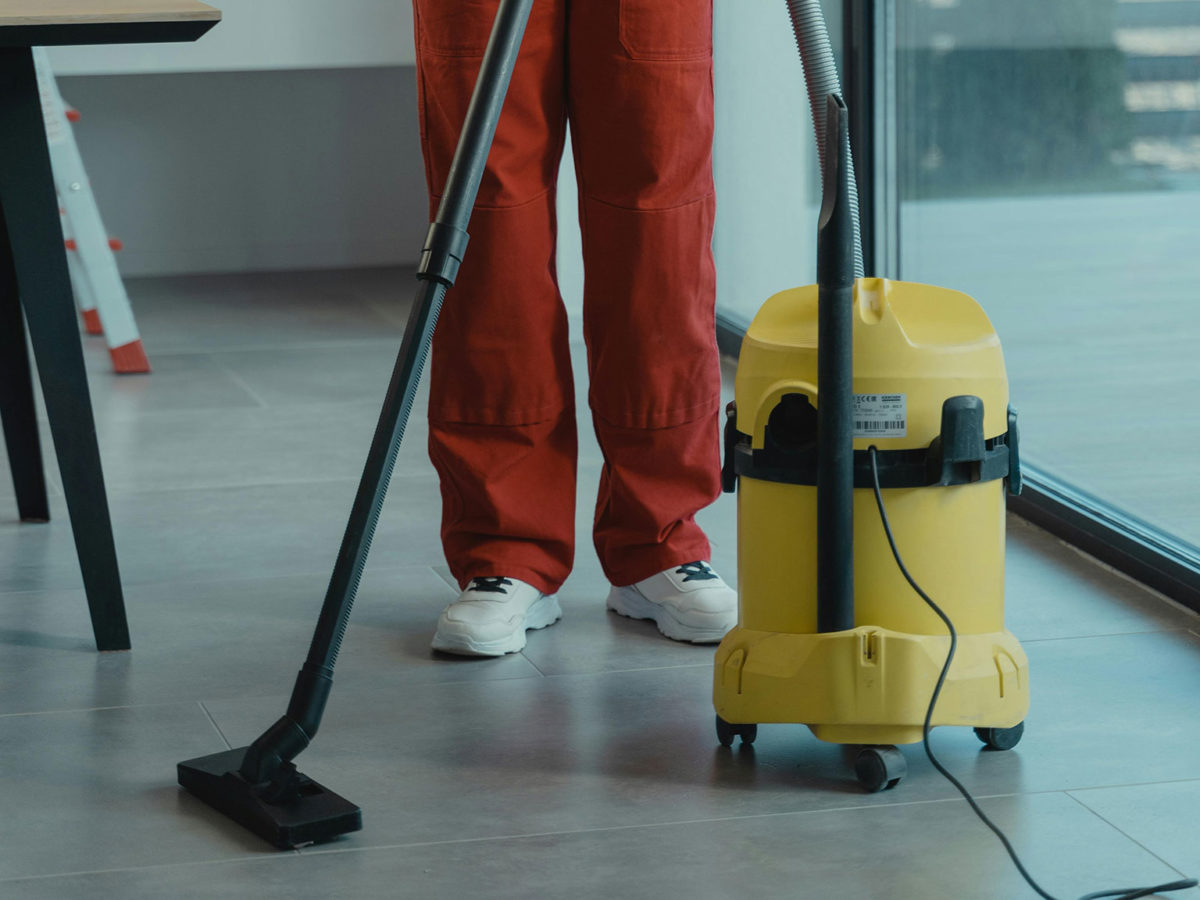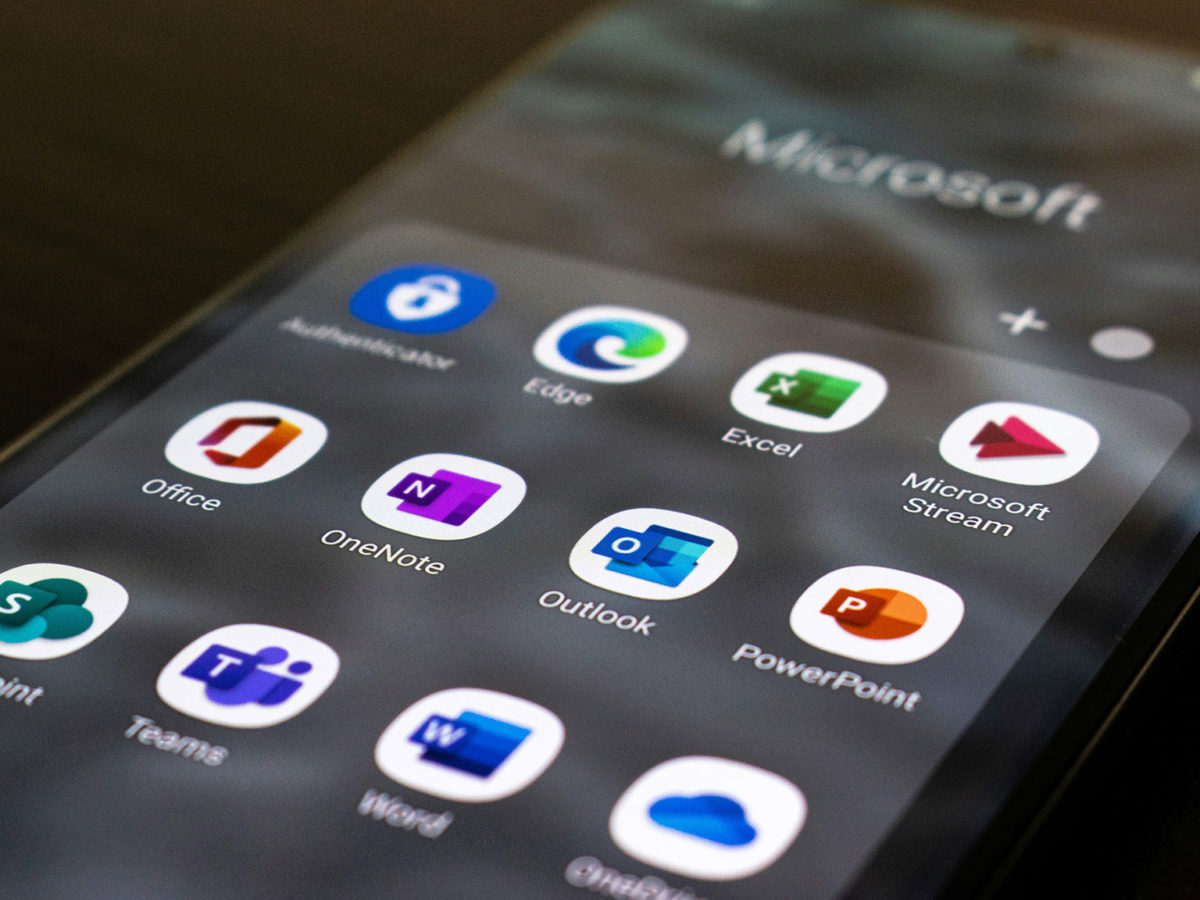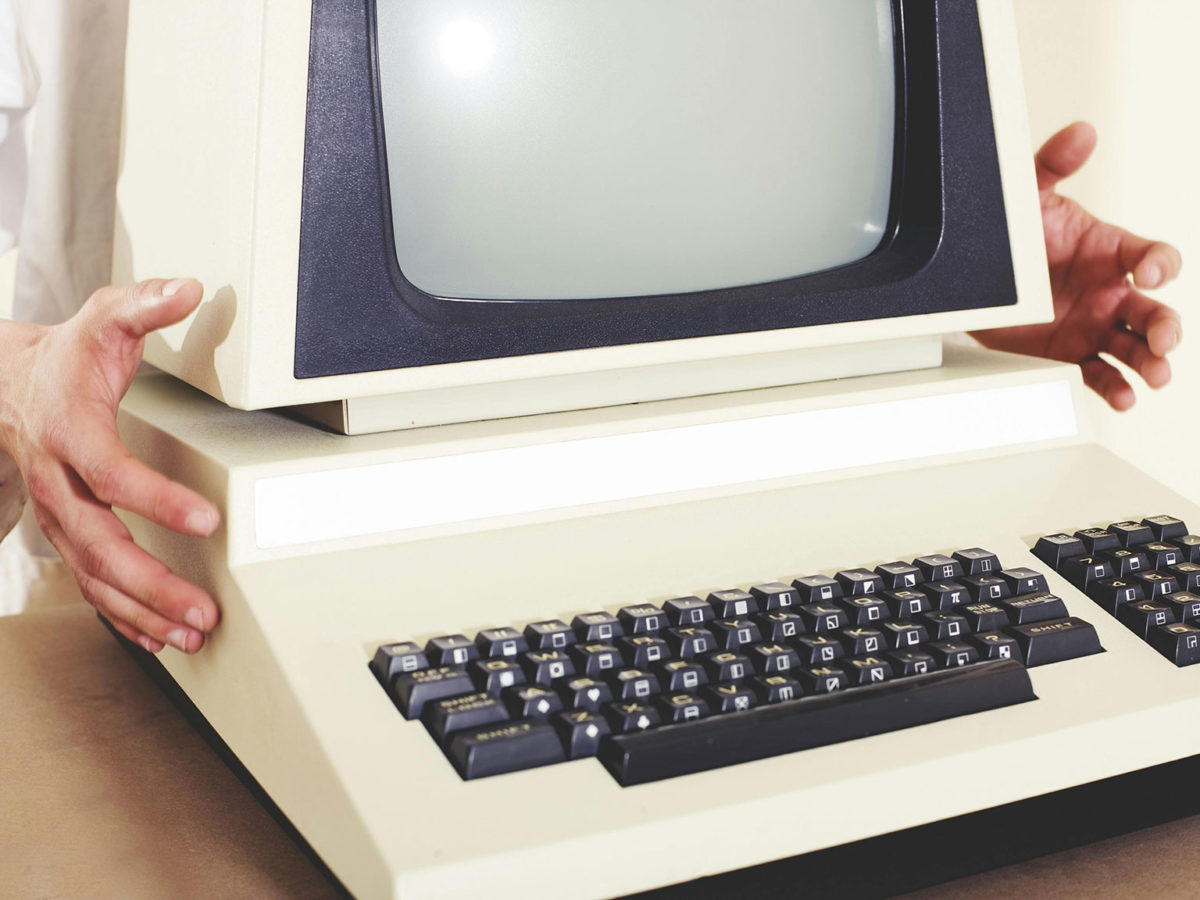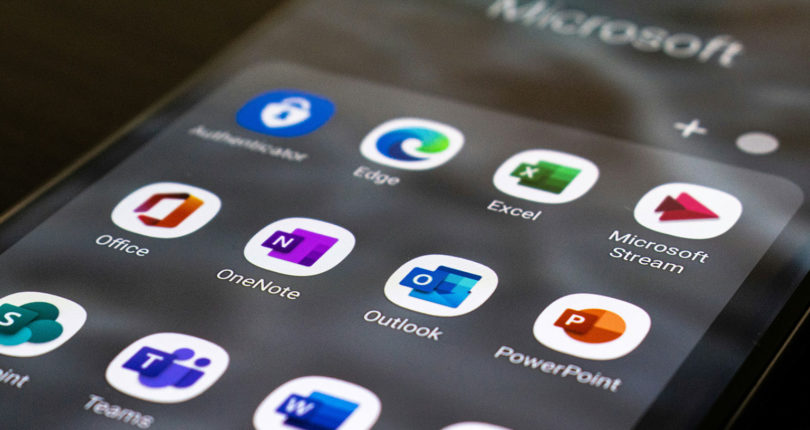Should I upgrade to Windows 10?
Windows 7 is one of the most popular operating systems ever produced, but with official support from Microsoft soon to be withdrawn, should you upgrade to Windows 10?…

With most software, running the most up to date version would appear to be the obvious choice. However, this isn’t always the case…
After the company released Windows 8, they received a whole raft of criticism, with many users reporting poor design, performance issues and a confusing interface as major flaws. This meant that many users reverted back to Windows 7, transforming it into the benchmark for comparison as well as a firm favourite.
However, with just less than a year until a major Windows 7 support deadline on 14th January 2020, it’s decision time. Will you stay with Windows 7 or take the leap to a Windows 10 upgrade?
Why should I think about a Windows 10 upgrade?
Windows 7 is much-loved for a number of reasons, not least of the fact that it’s commonly regarded as being both stable and fast. In fact, Windows 10 only just recently overtook Windows 7 as the most popular version of Windows, despite 7 being first released back in October 2009!
A report by NetMarketShare in September 2018 found that 40.88% of Windows users are still using Windows 7, in comparison to 37.44% who have upgraded to Windows 10.
That said and done, following the announcement from Microsoft that all mainstream support had stopped and all security updates will cease in 2020, making a Windows 10 upgrade is now an absolutely essential task for the safety of your PC.
Still not convinced? Have a read of our in-depth comparison of some of the main differences and similarities between Windows 7 and Windows 10.
The Start Menu, Applications and Notifications
For those of you using Windows 7, you’ll be accustomed to the simplistic, straightforward interface. Your start menu in the bottom left corner is your key navigation tool.
Windows 10 still offers the start menu we know and love, with added features for improved usability. You can run the Start Menu in full screen mode, giving you a wider view of your applications and files. The left-hand side of the menu aligns with the familiar Windows 7 layout, whilst the right-hand side offers ‘Live Tiles’, a feature from Windows 8 that allows you to personalise your menu. That said, if it’s the classic view you prefer, these tiles can always be removed.
You can further customise your start menu by changing colours and layout, plus you can download applications from the Microsoft Store such as Twitter, Facebook and Instagram. Your access to popular services is optimised when compared to Windows 7, particularly if you are operating on a touch-screen device.
Another appealing feature of the Windows 10 upgrade Start Menu is the ability to search the web directly from your desktop. Hit the Windows key and begin typing as you would in a search engine and results will display in the browser menu.
Windows 10 also offers the Action Centre, a dedicated notification centre. While in Windows 7 your notifications appear in your task bar, Windows 10 goes a step further and puts all of your notifications in one place, making it easier for you to operate in a task-focussed manner and respond to all of your notifications in one convenient environment.
Innovative AI: Cortana
Your Windows 10 voice assistant, Cortana, gives Siri a run for his money and can help you with correspondence, organisation and the usual search queries such as directions, reminders and weather updates.
Cortana also provides another robust method of improving productivity and efficiency. Microsoft now offer Cortana apps for iOS and Android, which means Cortana can assist you from all of your devices, making her a universal feature.
Windows Universal Apps
Microsoft have been working hard to ensure that substantial proportion of their applications work and sync seamlessly across multiple devices. Download an App on your PC and access it from your tablet or Xbox. The smooth interoperability of your favourite applications keeps you at peak productivity.
Support and Security
Possibly the most important reason to make the Windows 10 upgrade is the need to ensure you are safe from the ever-increasing risk of viruses and ransomware. Due to the fact that Microsoft are due to end their support for Windows 7 in less than a year’s time, that need has never been greater.
Microsoft are constantly working on updates for Windows 10, with relatively minor updates coming thick and fast. What’s more, with major updates running biannually, you now have even time to wait for bug fixes, patching and improvements.
What makes the Windows 10 upgrade even more appealing is that you are futureproofing your business. Whilst previous Windows rollouts have covered just a single version (e.g. Windows 7, Windows XP, Windows 98 etc.), having only a limited shelf life, in much the same way as Office 365, Windows 10 works via a service model, meaning you shouldn’t need to buy a new version further down the line.
Compatibility
Compatibility is one of the most common reasons companies show reluctance to upgrade their operating system. As we know only too well, it’s not uncommon for organisations to be using older or bespoke software; systems that may demand or work better with a legacy operating system. Whilst quite a rarity, in certain circumstances Windows 7, therefore, may still have the edge of Windows 10 when it comes to compatibility. That said, however, as time passes and businesses move with the times and upgrade their systems, this is likely to become less of an issue.
As Windows 7 gets older, there will be increasingly less compatibility with popular applications. For example, if you are looking to download the latest Office 2019, you will have to first make the Windows 10 upgrade. Undoubtedly, this trend will continue to encourage migration towards Windows 10.
Gaming
Windows 10 takes the solid foundations of the Windows 7 gaming platform and adds enhancements in performance and compatibility. Performance technology DirectX 12 is included, which works to make your Windows-based device the perfect platform for running videos, rich graphics and 3D animation.
Play Anywhere titles are available meaning gamers only have to buy a game on one platform for it work on all other Microsoft systems. Buy a game on your PC, for example, and play it later on your Xbox One. Record, edit and upload memorable gaming milestones by installing Game DVR and enhance your gaming experience even further.
Even if the functionality mentioned here doesn’t interest you, many games like Forza or State of Decay are no longer supported by Windows 7, which means you’ll have to upgrade to play new releases.
Taking the Leap: Upgrade to Windows 10
Of course, with advancements in technology comes the need for change with many organisations feeling unable to incur upheavals just yet. However, for those who do not make the shift from Windows 7, there could well be increasing costs to consider.
By January 2020, support for Windows 7 Professional will incur a significant charge per device, with an additional add-on rate per device for Windows 7 Enterprise. By 2021 these figures will increase, increasing even further by 2022.
For organisations with an eye on their costs, the recommendation is to make the jump to Windows 10 to make the most out of the significantly improved support available with the newer OS. This on-going support model – similar to that available with Office 365 – will not cover Windows 7 Home users and, by 2020, their devices will be at far greater risk of viruses, malware and security vulnerabilities as a result.
With Microsoft’s greatly improved support model, plus a host of great additional features, upgrading will not only provide a better user experience, but will help futureproof and protect your business. Upgrading to Windows 10 should help you rest easy in the knowledge that your computer is considerably more secure.







